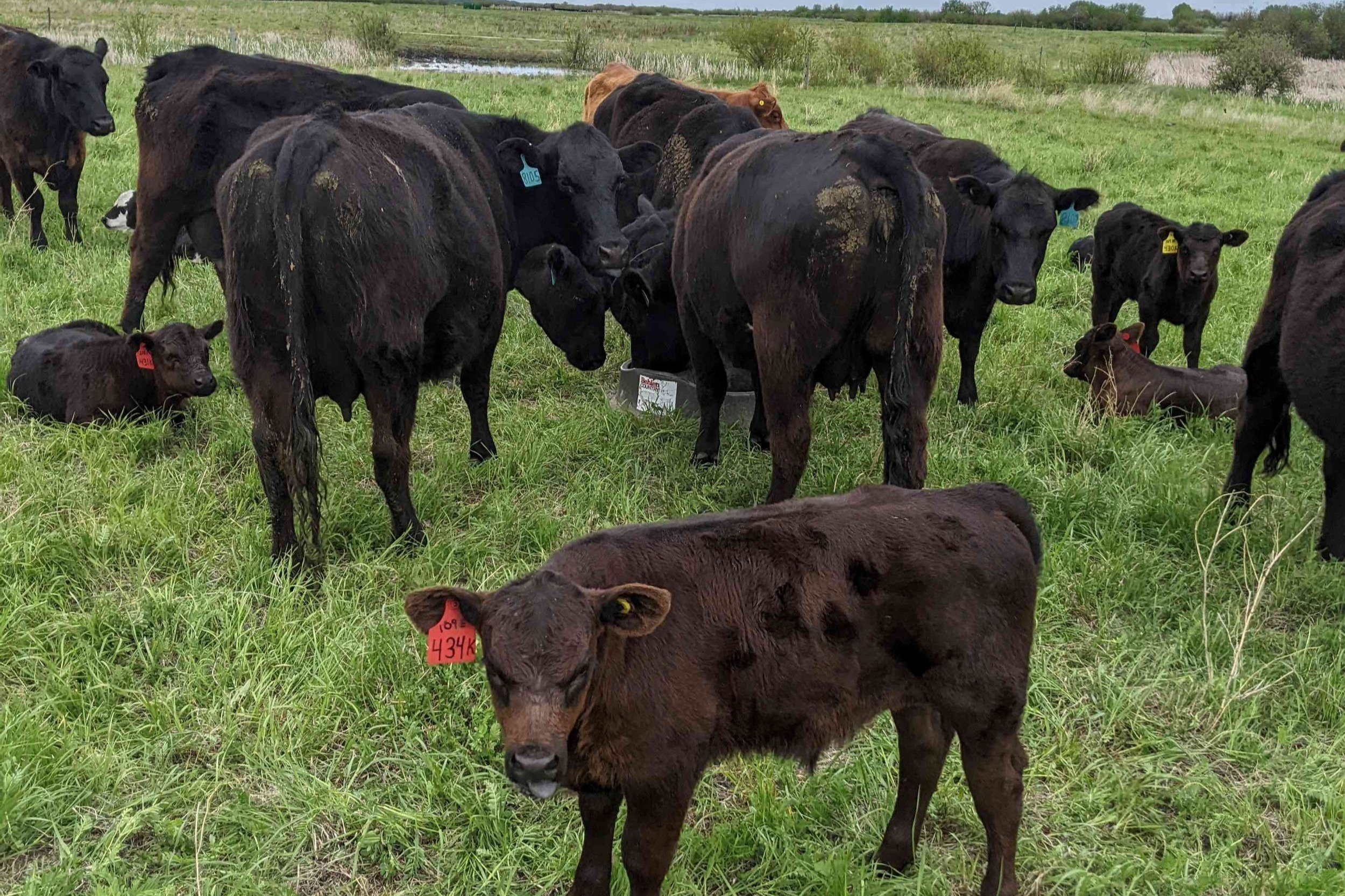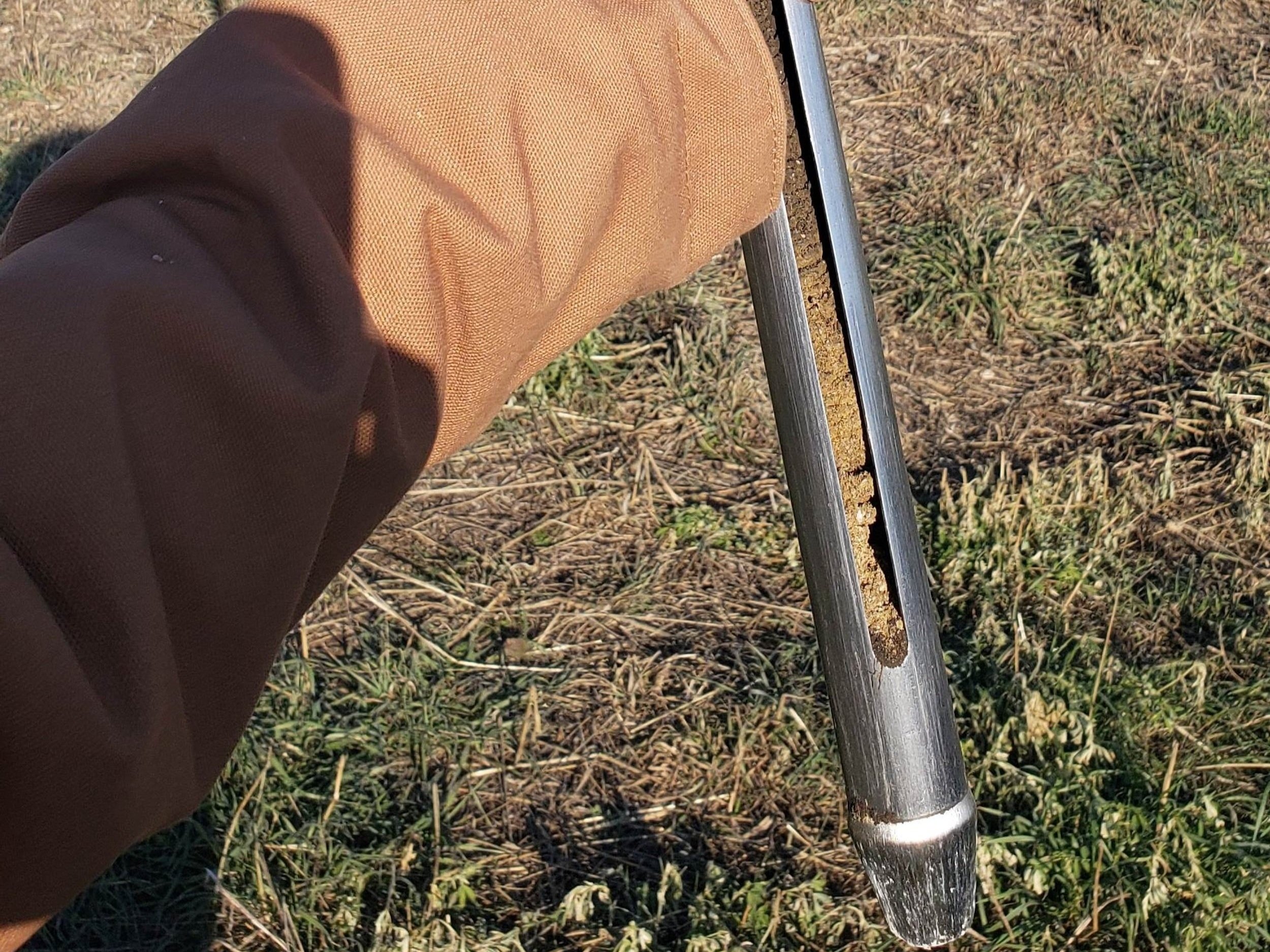Back to Research & Demonstration
Soil health assessment for enhanced productivity and resilience for cattle grazing systems in Manitoba grasslands
Project Details
Project Lead: Terence McGonigle (Brandon University)
Years: 2019 - 2021
Project Status: Complete
Funding & In-Kind Support: Canadian Agricultural Partnership
Location: Brookdale Farm
Scope: Research
Keywords: Soil Health, Soil Carbon, Grazing Management, Annual Forages, Perennial Forages
Approach
This study is comprised of the MBFI site and five other farm sites in Manitoba with the goal of evaluating soil health indicators under different styles of grazing management:
Intensive rotation grazing: typically using a stocking rate of 25 cow-calf pairs per acre per day, with a return after 60-80 days
Annual crop integration: inclusion of annual crops in the grazing system
Enhanced legume content: inclusion of legumes in the grazing system
Balanced fertility: fertilizing to improve soil fertility and pasture productivity
Bale grazing: use of a winter-feeding system that distributes bales across a pasture.
Biological indicators of soil health assessed are: soil organic C, microbial biomass C, soil respiration, soil nitrate, infiltration rate, and bulk density. Performance data of forage and cattle are generated by MBFI staff and farm producers.
Key Findings
For the MBFI experiment to compare intensive rotational grazing and continuous grazing, the four years of intensive rotational grazing at Brookdale are associated with a non-significant trend for a modest increase in percentage forage cover.
Soil organic C and microbial biomass C have not responded to intensive rotational grazing in the manner of an indicator of soil health. It is not clear if microbial biomass tells us anything about soil health other than what we know already.
Across all sites, microbial biomass C gives a consistent report of whether the land use is pasture or cropping; soils with a given level of soil organic C have twice the quantity of microbes under pasture as compared to crop fields.


